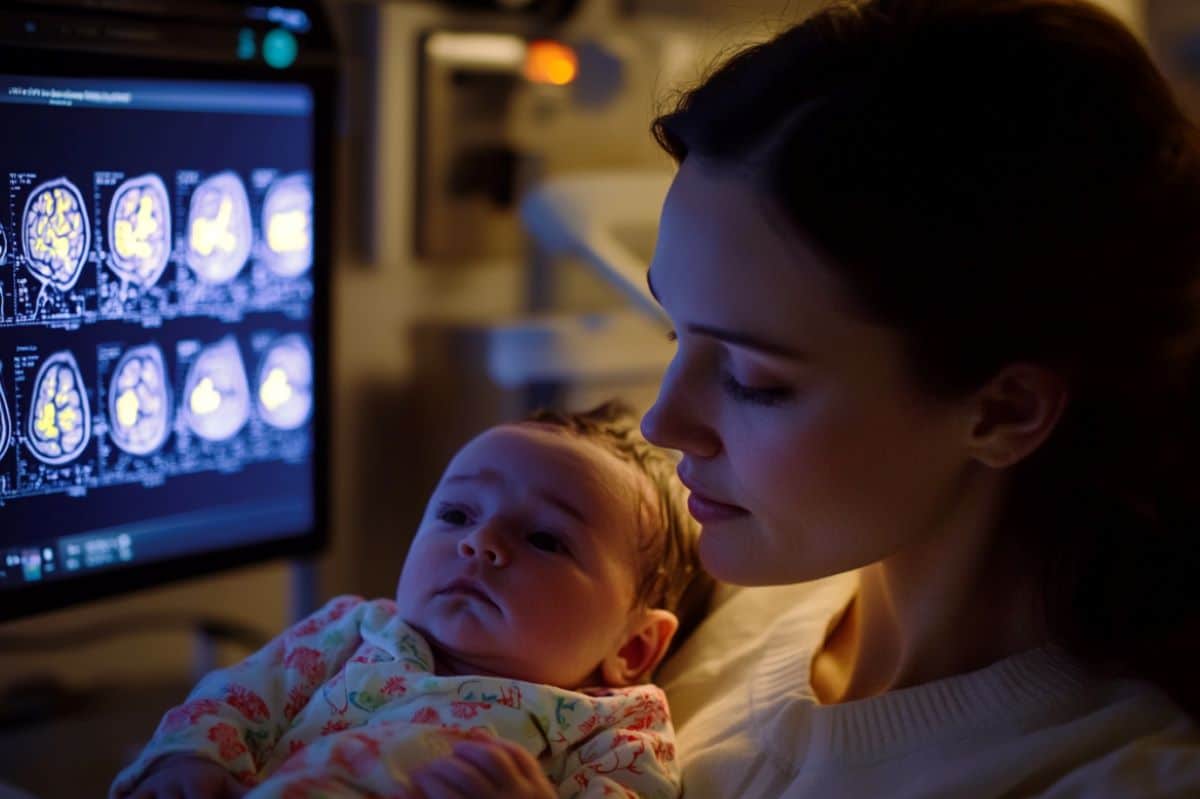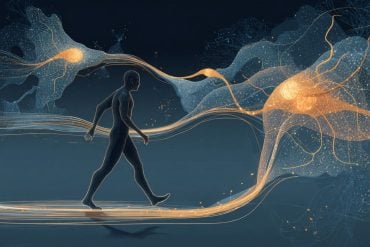Summary: New research suggests that increased activity in the brain’s amygdala during pregnancy may indicate a higher risk of postpartum depression. A study comparing pregnant and non-pregnant women found that those with higher amygdala activity struggled more with emotional regulation and reported more depression symptoms.
This discovery could lead to early identification and targeted emotional regulation training for at-risk mothers. While preliminary, the findings offer potential for new strategies to prevent postpartum depression.
Key Facts:
- High amygdala activity in pregnant women is linked to depression symptoms.
- Pregnant women may struggle more with consciously regulating negative emotions.
- Future treatments could focus on training emotion regulation during pregnancy.
Source: European College of Neuropsychopharmacology
Around 80% of women suffer from “baby blues” after the birth of their child. Normally this is a brief period of feeling down which disappears in a few days. But around 1 woman in 7 develops postpartum depression; this is a more serious depression which can affect how mothers bond with their baby and can have long-term consequences. These women seem unable to regulate the negative emotions which can follow giving birth.
Now a group of European Reesearchers have found that in healthy pregnant women activity in a specific area deep in the brain is linked to regulation of negative emotions and the tendency towards symptoms of depression.

The researchers hope that testing for this activity, along with how emotions are regulated, will indicate which women are at risk for postpartum depression.
Presenting the work at the ECNP Congress in Milan, presenter Ms Franziska Weinmar (University of Tübingen, Germany) said:
“This is amongst the first trials to compare brain activity in pregnant and non-pregnant women. The ability to regulate emotions is essential for mental health, and this interplay was our starting point”.
The researchers took 15 healthy pregnant women with very high oestrogen levels (due to the pregnancy). The pregnant women were between 5 and 6 months into their first pregnancy. These women were compared with 32 non-pregnant women, who had naturally fluctuating oestrogen levels, as occurs during the menstrual cycle.
Each woman was put in an MRI scanner and shown upsetting/disturbing pictures. They were then asked to regulate their emotional state using cognitive reappraisal, which is a technique where the person aims to modify their emotional state by changing their thoughts and trying to reinterpret the situation.
Franziska Weinmar added:
“We questioned all the women in the study on how they dealt with negative emotions and found that the pregnant women in our study reported that they seldom tried to change their emotional perspective by using cognitive reappraisal, in contrast to the non-pregnant women.
“However, when asked to regulate their emotions while undergoing an MRI scan, they were just as successful at managing their emotional state as the non-pregnant women.
“Both pregnant and non-pregnant women are equally capable of managing emotions by deliberately trying to reinterpret a situation, but for the pregnant women it seems to be more difficult to take this step towards consciously controlling these negative emotions, although they may deal with them in other ways.
“We found that in the MRI scans, pregnant women who showed more activity in the amygdala while regulating their emotions were less successful in controlling emotions. In addition, pregnant women with this greater activity in the amygdala reported more symptoms of depression”.
Franziska Weinmar continued: “We need to be cautious in interpreting this – this is a small sample, and we are the first to undertake this work.
“However, if larger studies confirm higher activity in the amygdala in women at risk of postpartum depression, we could assess and specifically target these women during this vulnerable phase – for example, by training them in emotion regulation skills. This may be one approach to cope with the baby blues”.
Commenting, Dr Susana Carmona (Gregorio Marañón Hospital, Madrid) said
“Studies like this are essential for understanding one of the most extreme physiological processes a human can experience: gestation. It’s astonishing how little we still know. Recently, the FDA approved the first treatment for postpartum depression.
“However, we still have a long way to go in characterizing what happens in the brain during pregnancy, identifying biomarkers that can indicate the risk of developing perinatal mental disorders, and designing strategies to prevent mother and infant suffering during the delicate and critical peripartum period”.
This is an independent comment, Dr Carmona was not involved in this work.
About this postpartum depression and neuroscience research news
Author: Tom Parkhill
Source: European College of Neuropsychopharmacology
Contact: Tom Parkhill – European College of Neuropsychopharmacology
Image: The image is credited to Neuroscience News
Original Research: The findings will be presented at 37th ECNP Congress






